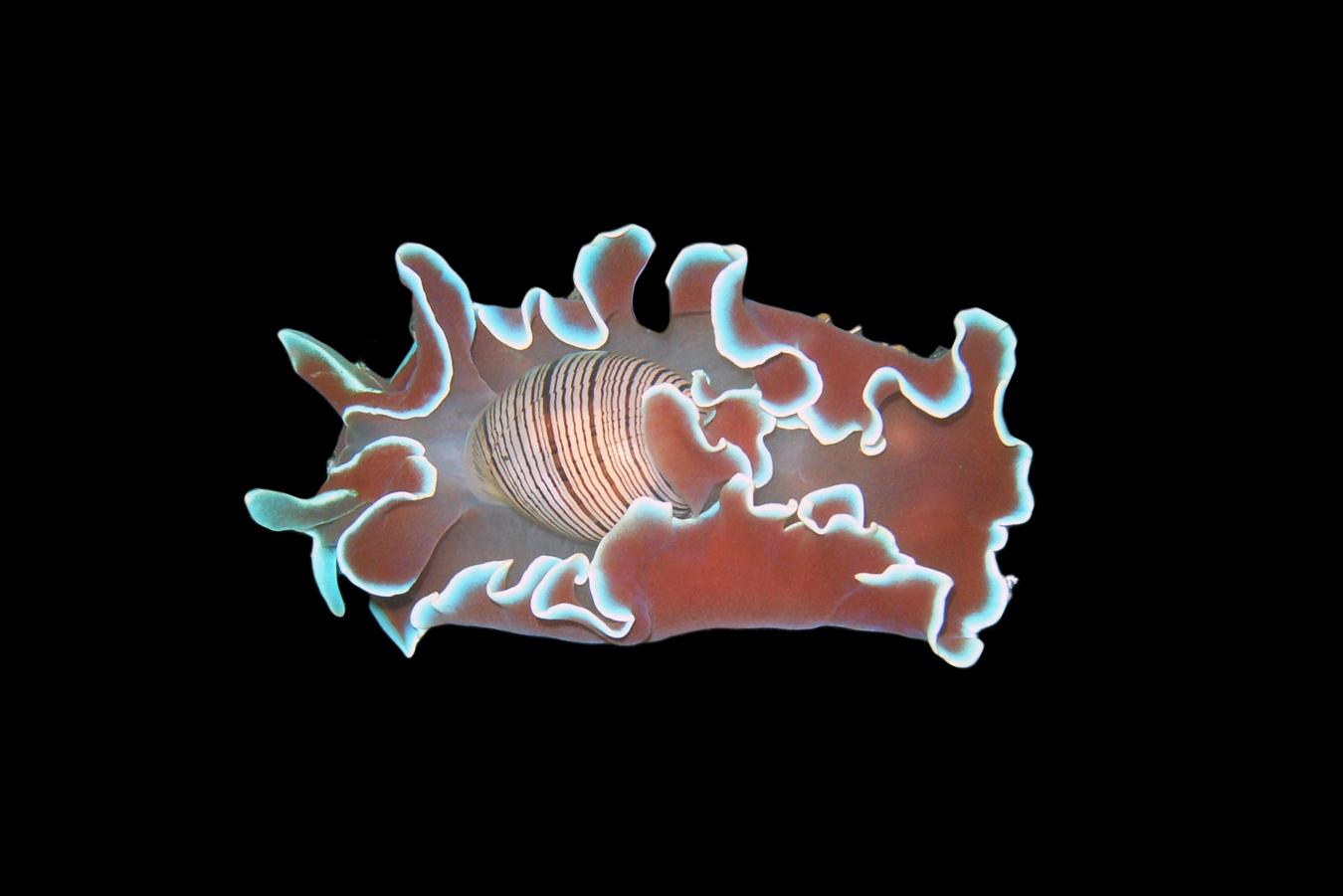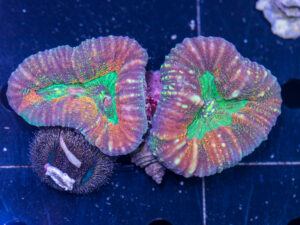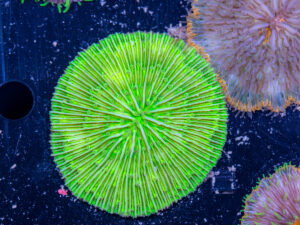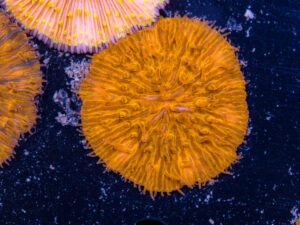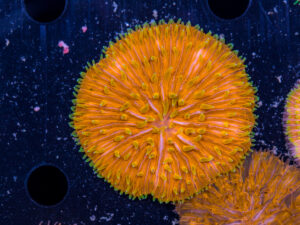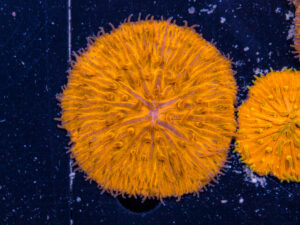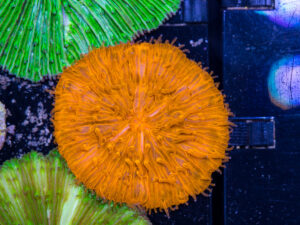Maintaining a thriving reef aquarium hinges on a well-planned clean-up crew, essential for keeping the ecosystem balanced. These diligent workers play pivotal roles in eliminating detritus, excess food, algae, parasites, and other unwelcome invertebrates.
Comprising snails, crabs, shrimp, urchins, starfish, sea cucumbers, and cowries, a diverse clean-up crew ensures comprehensive tank maintenance. Even certain fish, known as “utilitarian fish,” contribute to clean-up duties, although they’re typically considered separately.
In fact, any creature that consumes algae or scavenges detritus can benefit your aquarium as part of the clean-up crew. Often, hobbyists introduce these organisms among the initial inhabitants post-nitrogen cycle completion.
Let’s delve into the specifics of each recommended clean-up crew member and their contributions:
Snails
Snails are ubiquitous members of clean-up crews, natural scavengers adept at consuming algae, detritus, and leftover food without harming corals. Here are some common varieties:
- Astraea Snails: Herbivores specializing in consuming film algae, diatoms, and cyanobacteria, with a penchant for hair algae and green algae.
- Cerith Snails: Herbivores targeting diatoms, green hair, and film algae on rocks and substrate. They’re nocturnal and typically avoid bare-bottom tanks.
- Nassarius Snails: Carnivores essential for sand beds, devouring uneaten food, decaying organics, and fish waste. Their burrowing behavior facilitates efficient detritus consumption.
- Trochus Snails: Herbivores adept at cleaning rocks and glass, with the unique ability to self-right.
- Strombus Snails: Omnivores contributing to substrate aeration and algae/detritus removal.
Shrimp
Shrimp add diversity to clean-up crews, targeting detritus, leftover food, and even parasites. Notable species include:
- Redline Cleaner Shrimp: Carnivores specializing in removing ectoparasites and dead tissue from fish, often establishing cleaning stations.
- Blood Shrimp: Striking carnivores known for scavenging and setting up cleaning stations.
- Peppermint Shrimp: Valued for controlling Aiptasia anemones, they also scavenge detritus and uneaten food.
- Coral Banded Shrimp: Active scavengers accepting various foods but can be aggressive toward other shrimp.
- Harlequin Shrimp: Specialized carnivores preying on starfish, albeit requiring a specific diet.
Starfish
Certain starfish species contribute to clean-up crews by consuming crustaceans and detritus:
- Sand Sifting Starfish: Efficient carnivores sifting sand for crustaceans, albeit with potential drawbacks for sand bed biodiversity.
- Brittle Starfish: Carnivores feeding on meaty bits and detritus, often hiding within rockwork.
Urchins
Urchins, primarily herbivores, play a crucial role in algae control:
- Tuxedo Urchin: Grazes on various algae types, including green hair and bubble algae, as well as coralline, while occasionally moving tank debris.
- Longspine Urchin: A cautious choice due to occasional coral grazing.
- Short Spine and Collector Urchins: Opportunistic feeders, voracious on algae.
Sea Cucumbers, Sea Hare, and Tropical Abalone
These herbivores contribute to algae and detritus removal, though some species require careful consideration:
- Cucumbers: Effective sand bed sifters, albeit potentially toxic if they perish in the tank.
- Sea Hare: Excellent for eradicating hair algae but sensitive to water conditions.
- Tropical Abalone: Nocturnal algae consumers requiring stable water parameters.
By selecting a balanced assortment from these categories, you can establish a robust clean-up crew tailored to your reef aquarium’s needs.
